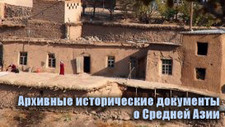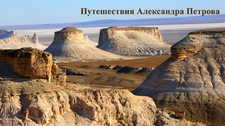Вы здесь
Mosque Makhtum Baba.
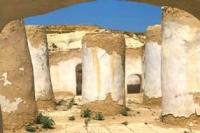
Individual tours on Mangyshlak.
"In Khanga-baba there are several chalk mountains and large deposits of alabaster. There was a large Turkmen mosque here, with several schools and a strange house, the remains of the walls of which are still visible today. About 800 mulberry trees grow along the slopes of the ravine adjacent to these ruins; the Kyrgyz take care of them and consider it a sin to break off even a twig from these trees."
Colonel N.L. Lomakin, "On Mangyshlak Peninsula and routes from there to different parts of Transcaspian region." 1870.
Trip from Fort Shevchenko to Makhtum Baba Mosque.
Makhtum Baba Mosque is located at an altitude of 86 meters above sea level, 154 meters northwest of Khanga Baba necropolis, north of Oy vally, 2.1 kilometers south of Fort Shevchenko - Zhangyldy road, 19 kilometers northeast of Kyzylozen village, 26.8 kilometers east and a little south of city of Fort Shevchenko, in Tupkaragan district of Mangistau region.
The Makhtum Baba Mosque dates back to the XIVth - XVth centuries. People have the following references to the Makhtum Baba Mosque - in the Oghuz-Kipchak period, the mosque was used as a caravanserai, and later as a mosque-madrasah.
The mosque is a multi-chamber structure of several large and small rooms connected by arched passages. The walls of the mosque are built from semi-processed stones using clay mortar, using the method of inclined "oblique" masonry (earthquake-resistant). Judging by the destroyed sections, it can be assumed that initially the multi-chamber structure had domed ceilings.
The monument was first taken under state protection by the Decision of the Mangyshlak Executive Committee of the Regional Council of People's Deputies No. 121 of 25.03.1982.
Geographic coordinates of Makhtum Baba Mosque: N44 ° 27'24 E50 ° 35'32

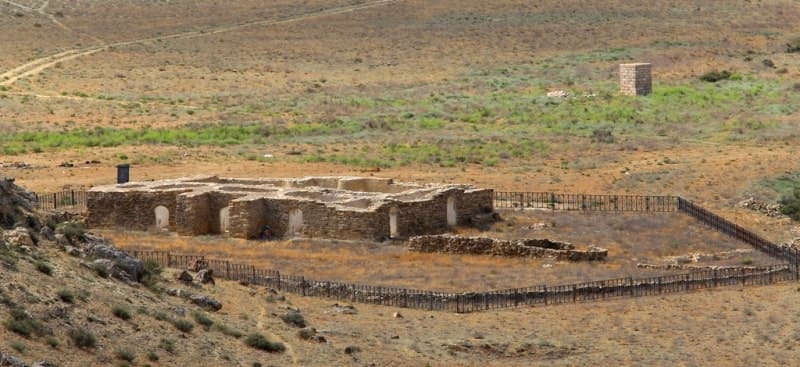
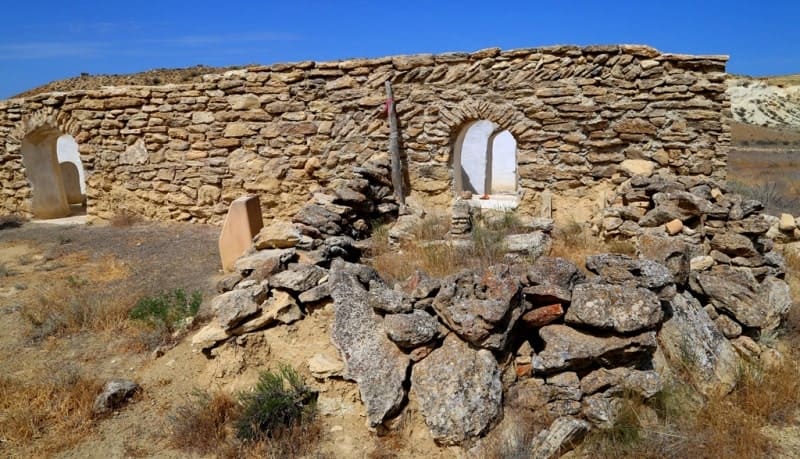
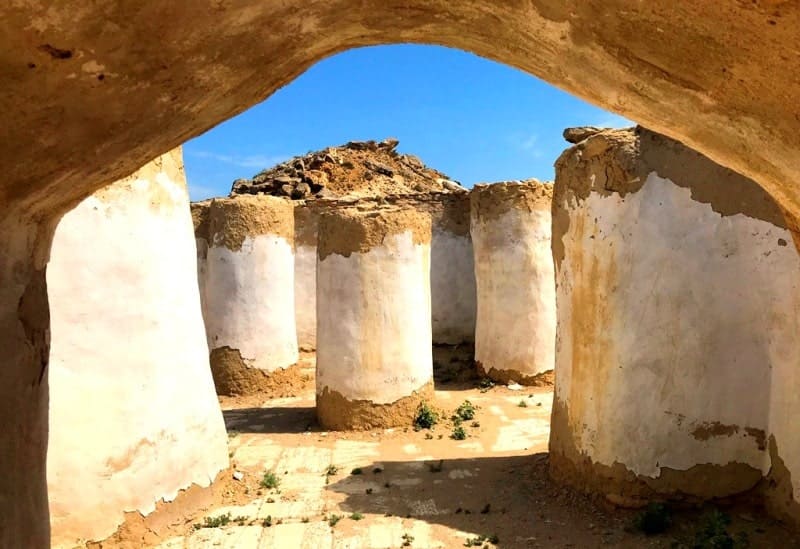
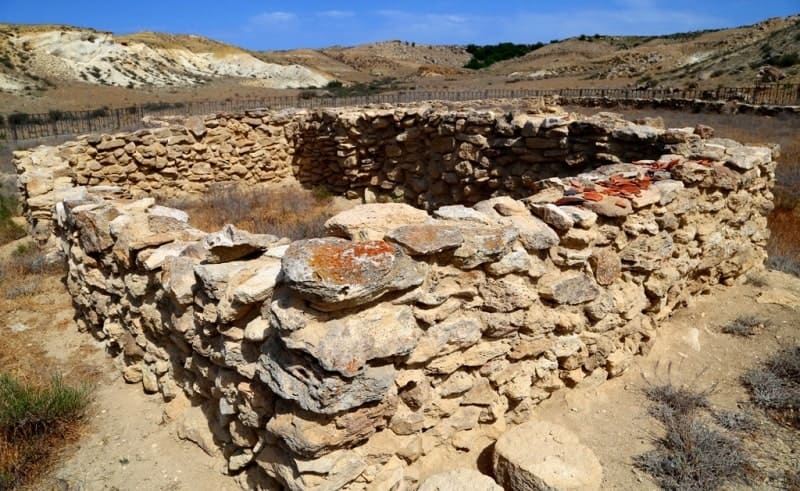
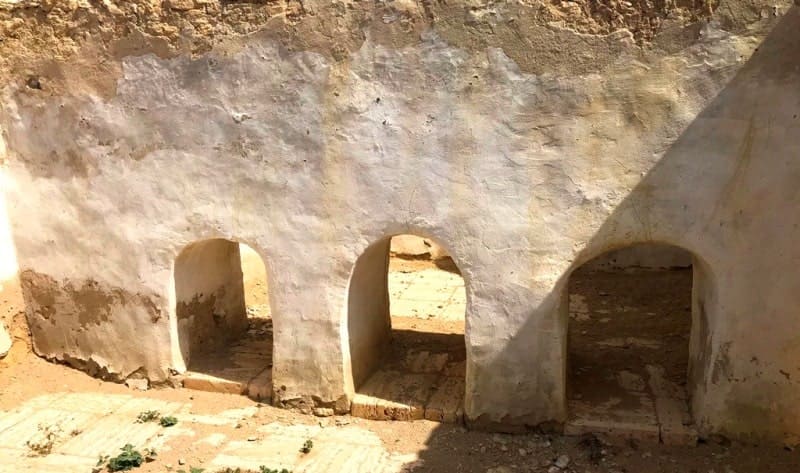
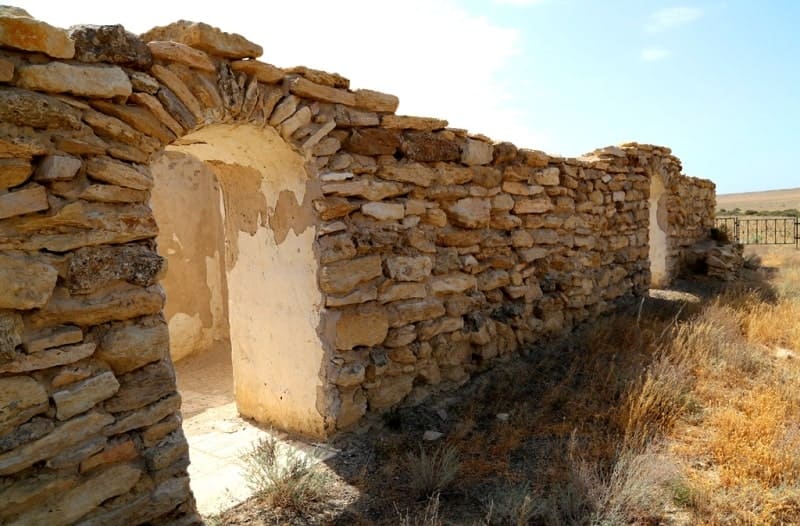
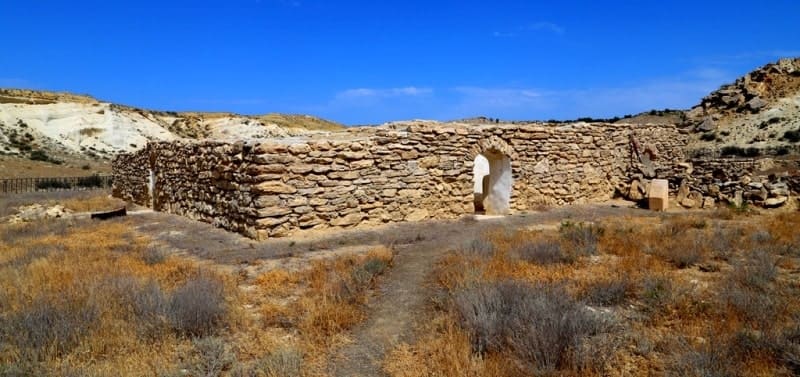
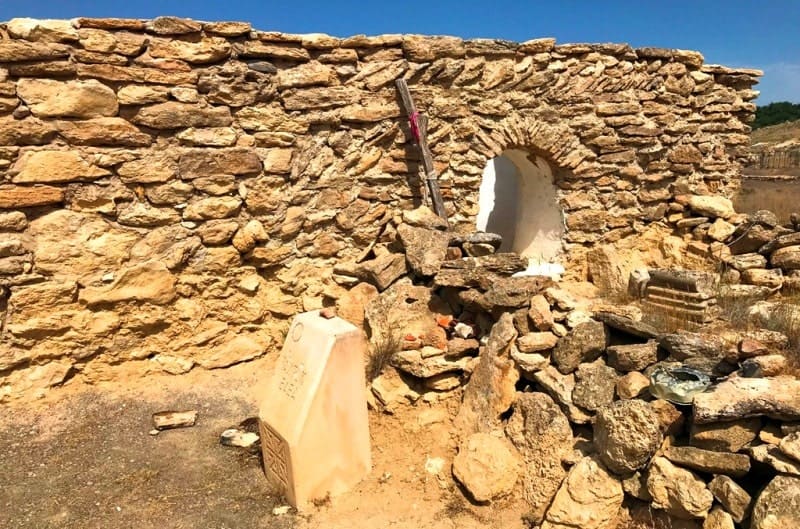
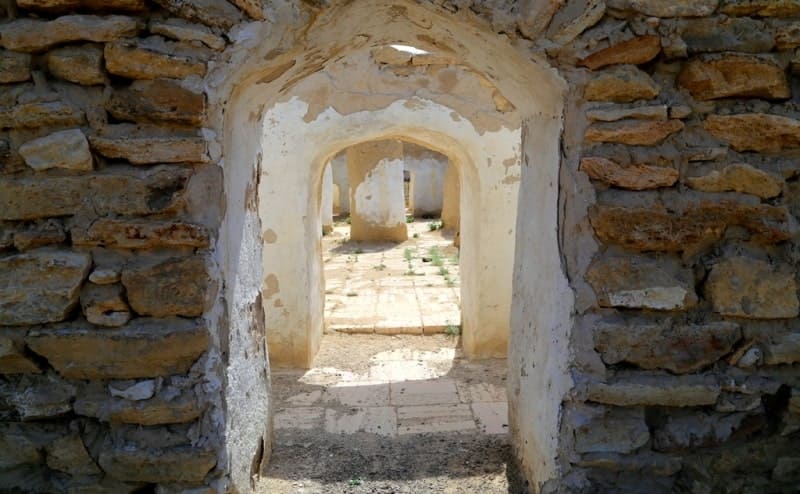
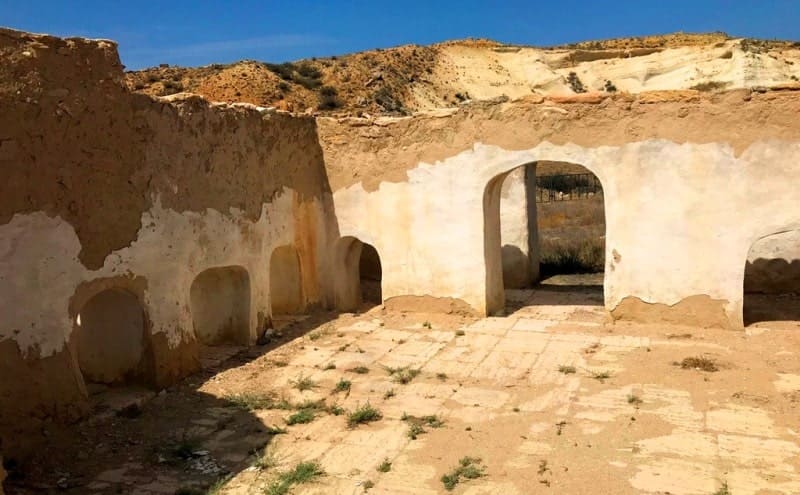
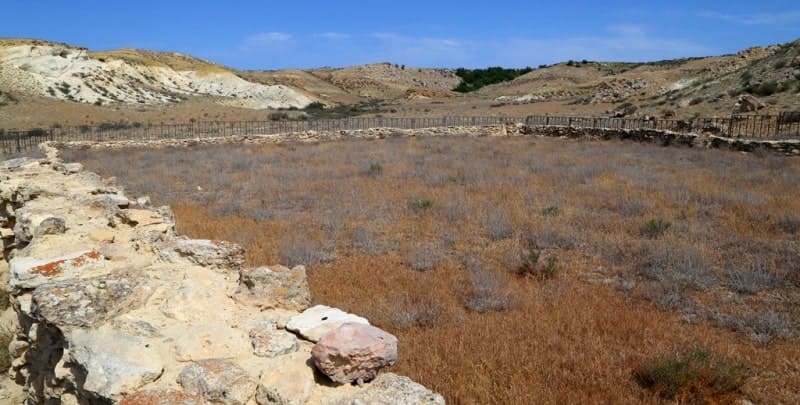

Authority:
https://mangystau.inmap.kz/ru/places?title=mechet_mahtum-baba_431&page
From the book "Legends of the Adayites about the saints of the Hanafi sect who lived and died in Mangyshlak." Collection of information about the Caucasian highlanders "Tbilisi (Tiflis) 1873. S.E. Azhigali “Nomad architecture. The Phenomenon of the History and Culture of Eurasia ". - Almaty, 2002. Archive materials of GU MGIKZ.
Photos by:
Alexander Petrov.





